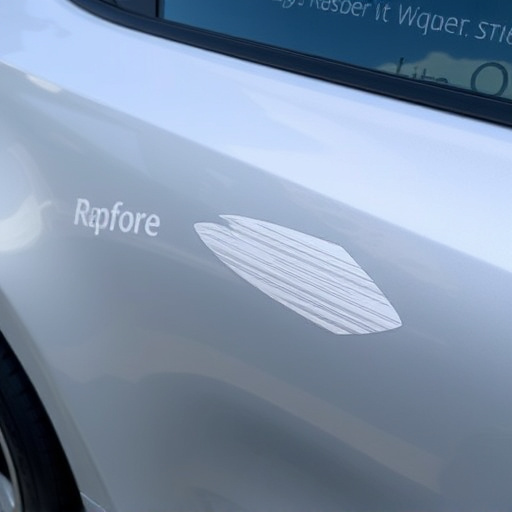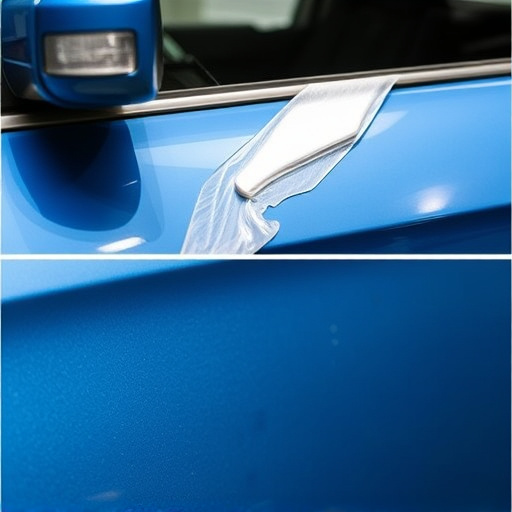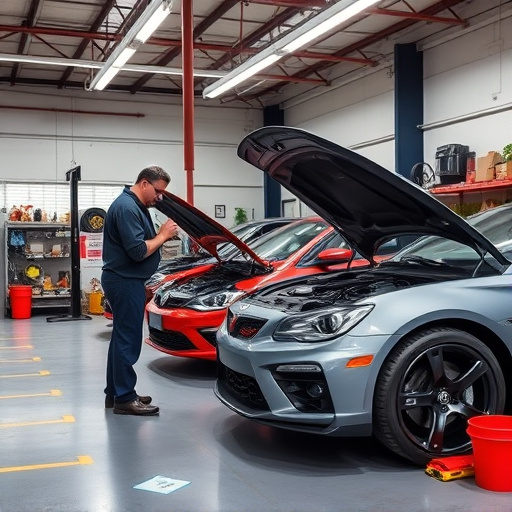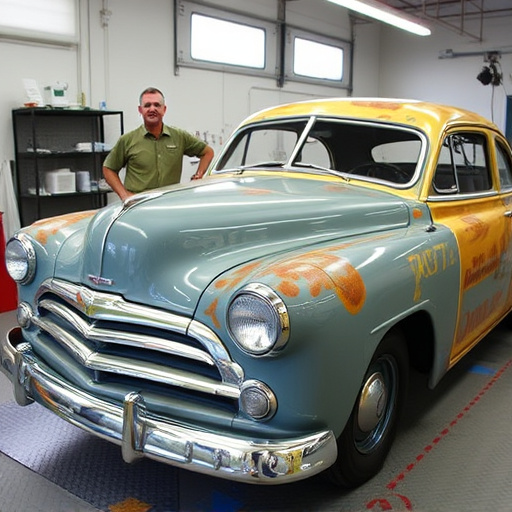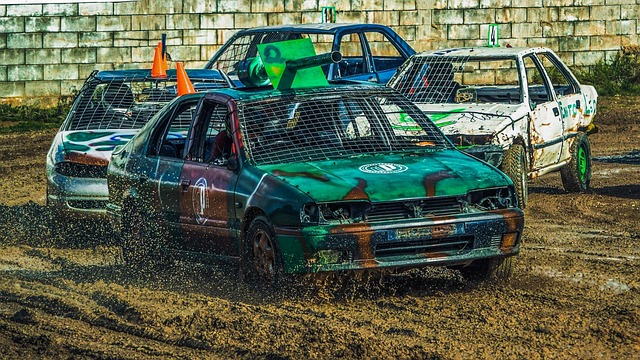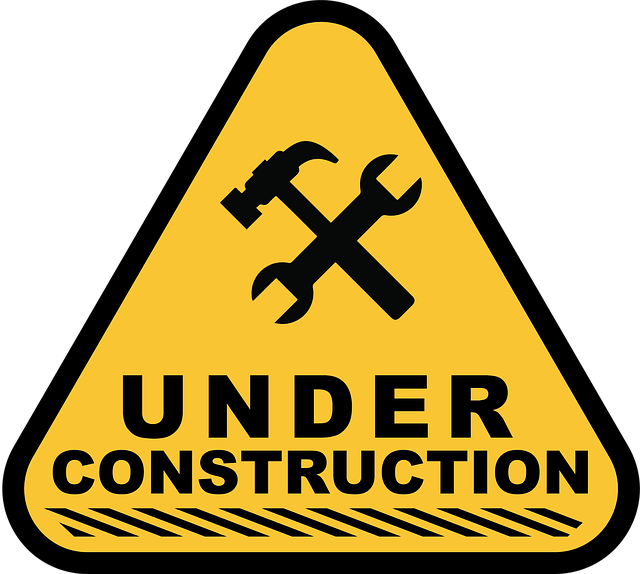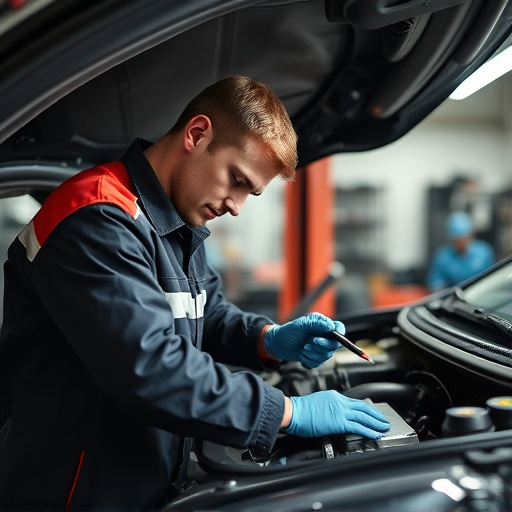Clear coat, a glossy top layer, is essential in auto paint repair for its protective properties and durability. It safeguards repairs, prevents environmental damage, and simplifies painting by providing a smooth surface. The application process involves meticulous preparation (sanding, priming, degreasing) followed by skilled use of specialized equipment to apply clear coat layers. Proper execution ensures a seamless finish and extended paint life. Issues like orange peel texture and yellowing can be avoided through careful surface prep with fine-grit sandpaper and high-quality, fast-drying coats in a controlled environment. Regular maintenance is crucial for preserving the vehicle's paint job and mitigating future auto paint repair needs.
In the realm of auto paint repair, clear coat plays a pivotal role in achieving a flawless finish. This article delves into the intricacies of clear coat, exploring its significance in auto paint jobs and how it contributes to a vehicle’s protective and aesthetic value. We’ll guide you through the application process, common issues, and effective solutions, empowering professionals with the knowledge to master this essential aspect of auto paint repair.
- What is Clear Coat and Why is it Important in Auto Paint Repair?
- The Application Process of Clear Coat in Auto Paint Jobs
- Common Issues with Clear Coat and How to Address Them Effectively
What is Clear Coat and Why is it Important in Auto Paint Repair?
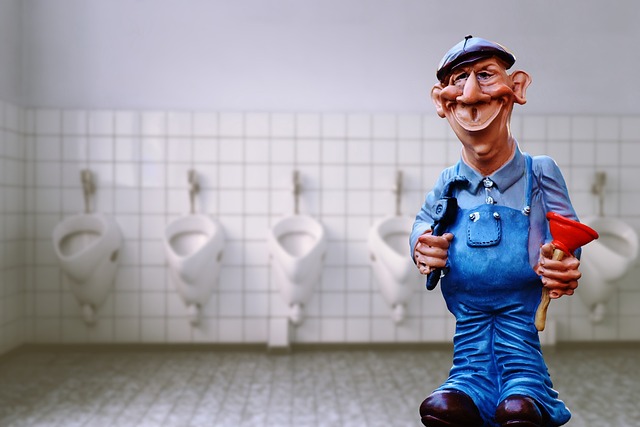
Clear coat is a protective layer applied over finished auto paintwork, forming the final, glossy topmost surface of a vehicle’s paint job. It’s not just about aesthetics; clear coat plays a vital role in auto paint repair by offering enhanced durability and resistance to stains, chips, and fading. This protective barrier is crucial for maintaining the integrity of the underlying paint, ensuring that repairs last longer and look more seamless.
In the realm of auto bodywork and auto dent repair, clear coat acts as a shield, safeguarding the repaired area from environmental factors and everyday wear and tear. It also facilitates the auto painting process by providing a smooth, even base for new paint to adhere to, resulting in a more professional and long-lasting finish. This twofold benefit makes clear coat a critical component in achieving high-quality outcomes for any auto paint repair job.
The Application Process of Clear Coat in Auto Paint Jobs

The application process of clear coat in auto paint jobs is a meticulous art that requires skill and precision. It’s a crucial step in vehicle collision repair and body shop services, designed to protect the base coat below and enhance the overall finish. The process begins with thorough preparation of the damaged area, ensuring all debris and contaminants are removed. This includes sanding, priming, and using a degreaser to create a clean, smooth surface.
Once ready, the clear coat is carefully applied using specialized equipment. This typically involves multiple thin layers, allowing each to dry before adding the next. The final layer, often the thickest, is then cured through either air drying or using heat guns for faster results. Proper application ensures not only a seamless finish but also prolongs the life of the paint job, making it a vital component of collision repair services.
Common Issues with Clear Coat and How to Address Them Effectively
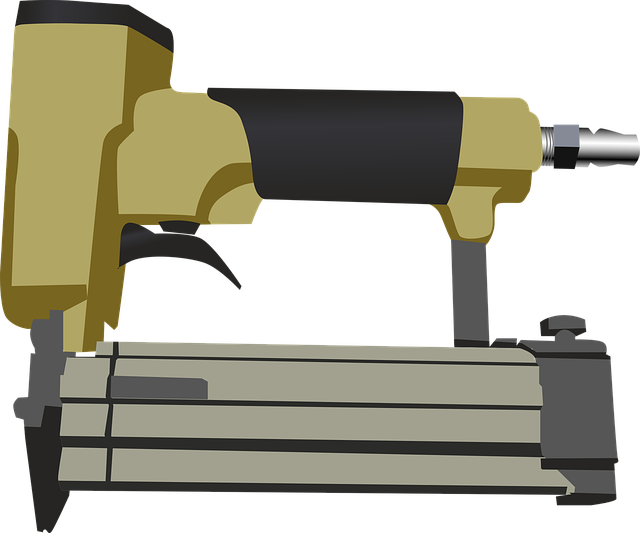
Clear coat, a protective finish that tops off auto paint jobs, is susceptible to several issues commonly encountered in collision repair and vehicle body repair settings. One of the most prevalent problems is orange peel appearance, caused by improper application techniques or surface preparation. To address this effectively, technicians must ensure meticulous preparation, using fine-grit sandpaper to create a smooth base before applying clear coat.
Another frequent issue is yellowing or hazy finish, often resulting from moisture or contaminants left on the surface during painting. Car scratch repair experts recommend creating a controlled environment and using high-quality, fast-drying clear coats to mitigate these risks. Additionally, regular maintenance and touch-ups can prevent damage from spreading, ensuring the vehicle’s paint job remains pristine and protecting against further auto paint repair challenges.
In the realm of auto paint repair, clear coat plays a pivotal role in achieving a durable, glossy finish. By understanding its application process and addressing common issues, professionals can ensure superior results. Clear coat not only enhances the aesthetics of vehicles but also provides protection against environmental factors, making it an indispensable component in auto paint jobs. Through effective troubleshooting, technicians can maintain the integrity of clear coats, ensuring that every repair job meets high-quality standards.


